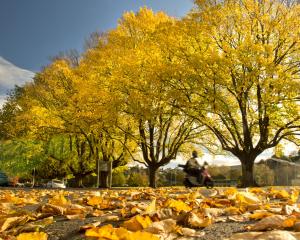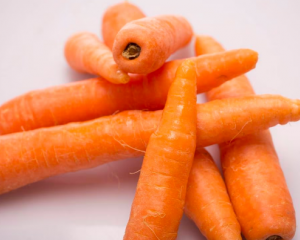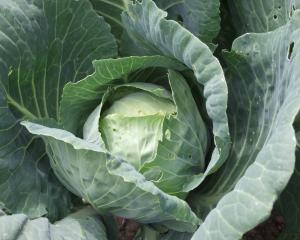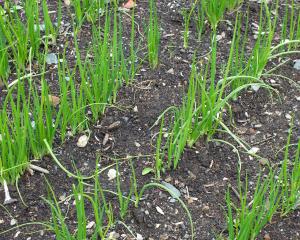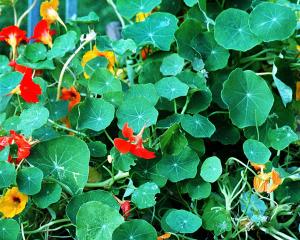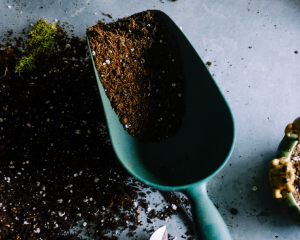Vegetables
As winter draws closer, the opportunities for growing vegetables are reduced, but garlic and shallots should go in from now until early spring.
Plant small sections of bulbs, pushing them down to half their depth in rich, well-cultivated soil.
Plant cabbage and cauliflower now for an early-summer harvest.
Choose a warm, well-sheltered place and plant on raised ridges if the drainage is poor.
Earth up celery and leeks.
Celery plants will have nearly finished growing, but leeks will continue until the first hard frost.
Both plants will make further growth in spring before going to seed.
Carrots, parsnips, beetroot and turnips can be lifted now and the ground dug over to gain the benefits of weathering.
Store the vegetables in a heap in a well-drained part of the garden under loose soil, or in damp sand in a cellar or shed.
Flowers
Rose bushes showing signs of old age should be dug up and their roots trimmed before replanting, either in a new site or in the old position with plenty of compost, garden lime and bone dust added.
Protect the small fibrous roots while out of the ground by sitting the bush in water and do not waste time getting the rose back into the ground.
The shift is best made when the soil is fairly dry to prevent muddy soil caking to the roots when replanting.
Rambling roses can be pruned now. Remove all old flowering wood and tie back long new growth (canes) made last summer.
Pansies, violas, wallflower (Cheiranthus) and the primula group, including polyanthus and primroses, can go in now for spring bedding displays.
Plants that flower in early summer, including sweet William, antirrhinums and Canterbury bells, can also be planted now, as can Iceland poppies, scabious and stock.
Fruit
Apples, pears, plums and cherry trees can be planted now, but have the soil in good order first.
Dig it deeply and remove all perennial weeds, such as docks, dandelions and couch grass.
Dig a circular space for each tree, about 1.5m across, and 60cm to 70cm deep.
Put topsoil to one side then mix some lime and bone dust into the subsoil, along with a little garden compost or old, rotted turf.
Firm, then cover with half the topsoil, leaving a hole deep enough to plant the tree.
Have the hole slightly higher in the centre to help drain excess water away from the stem.
Staking is often necessary so put one in now, to avoid damaging the roots once the tree is in.
Root pruning can be a solution if vigorous tree growth has not been matched by spring blossom quantity.
Trees younger than eight to 10 years old can be dug up completely and have vigorous roots cut in half and taproots removed.
Replace tree, firm soil and provide support against strong winds. Older trees can be root-pruned by taking out a trench halfway round the tree, 1m to 1.5m from the trunk.
Cut the thick roots that have been uncovered, then try to burrow below the tree to sever any taproot that may have formed.
Avoid damaging fine, matted feeding roots, which help form and feed fruit buds.


